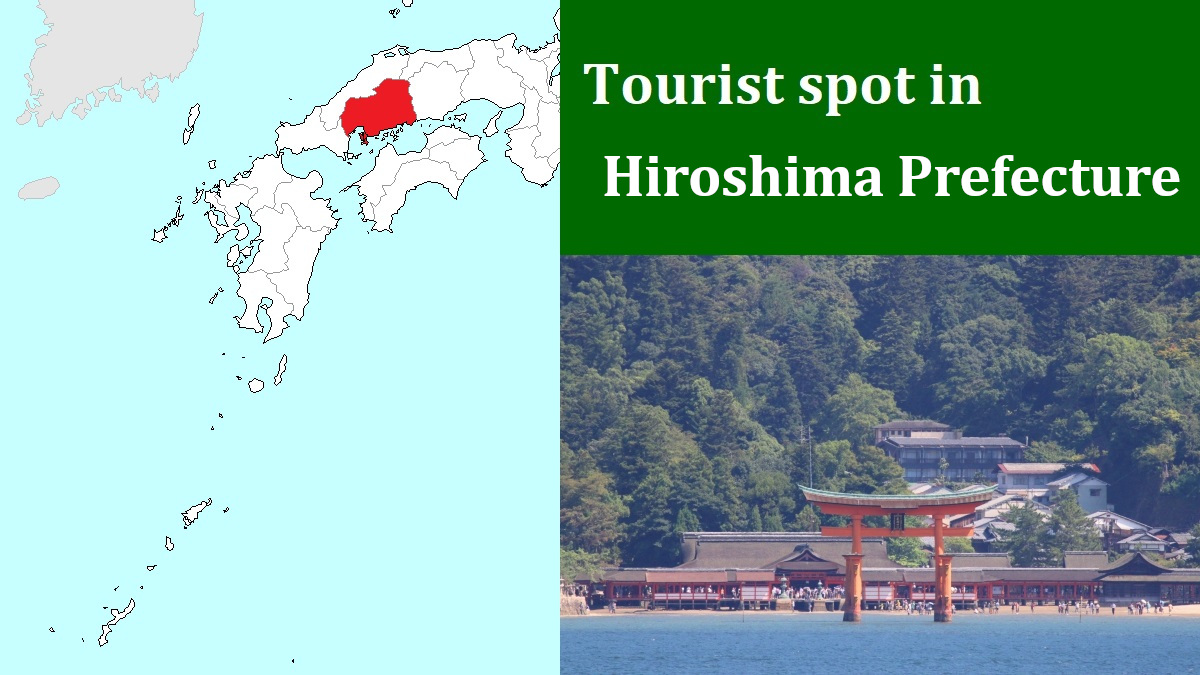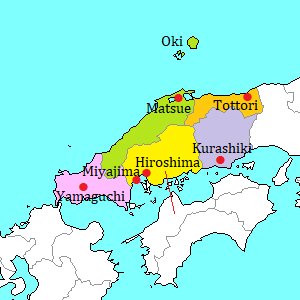Tomonoura port [鞆の浦]
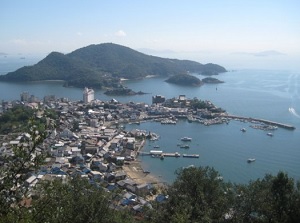
Tomonoura
Photo : Hiroshima Prefectural Tourism Federation
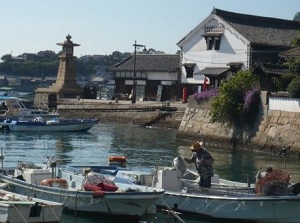
Port of Tomonoura
Photo : Hiroshima Prefectural Tourism Federation
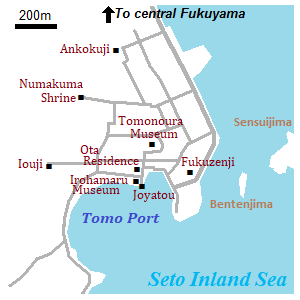
Tomonoura is an old port town facing Seto Inland Sea (Seto Naikai), and is located about 15 km south of central Fukuyama city.
There is a round cove about 500 meters in diameter, and it has been used as a small port. (The name of port is formally "Tomo Port".)
It is the symbol of the scenery from Tomonoura.
There is Sensuijima island (仙酔島) about 0.3 km east of Tomonoura, and small Bentenjima island (弁天島) is between Tomonoura and Sensuijima.
The sea around Tomonoura is just at the center of Seto Inland Sea.
When the tide comes in, the seawaters from east and from west hit each other around Tomonoura.
So the ships sailing on this sea had waited for the change of the flow in this port.
Many temples and shrines had been built since the 9th century around this port, and this town developed.
Due to improvement of sailing skills, the need for waiting had been decreacing since the 19th century, then this port became a small fishing port.
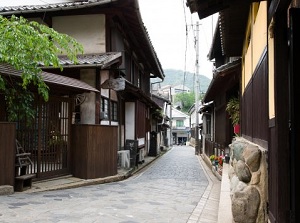
A street in Tomonoura
Photo : Hiroshima Prefectural Tourism Federation
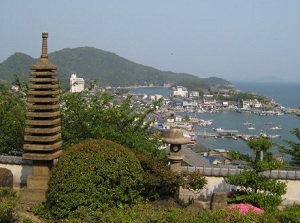
View of Tomonoura from a temple
Photo : Hiroshima Prefectural Tourism Federation
But its beautiful scenery was appreciated, then the Emperor family had sometimes visited here.
And this area was designated as a part of the national park.
Around the port, some facilities of the port in the 17th and 18th centuries remain.
And old houses are in the town.
"Ponyo on the Cliff by the Sea" is a 2008 Japanese animated film by Studio Ghibli.
Miyazaki Hayao, its director, plotted the film by staying here for two months.
"Haru no Umi" (The Sea in Spring) is a famous Japanese music for koto (Japanese harp) and shakuhachi (bamboo vertical flute).
It was composed by Miyagi Michio (1894-1956) in 1929.
He lost his sight at the age of eight, but he composed this piece from his childhood image of the sea of Tomonoura that he saw before he lost his eyesight.
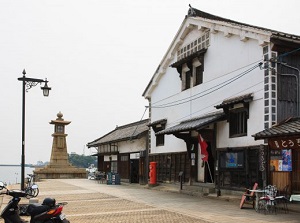
Joyatou & Irohamaru Museum
Photo : Hiroshima Prefectural Tourism Federation
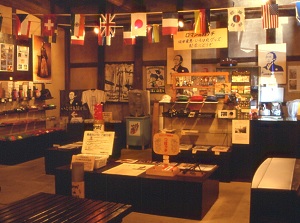
Exhibition room in Irohamaru Museum
Photo by Fukuyama Convention &
Visitors Association
There are some spots around the port.
Jôyatou (常夜灯) is a lighthouse built in 1859, and is the symbol of Tomonoura.
The height is 5.5 meters and candles were used as the light.
Irohamaru Museum (いろは丸展示館) is in front of Jôyatou.
Irohamaru was a trading ship of Kaientai which was a trading society in the end of Edo Period (1603-1868).
The leader was Sakamoto Ryoma (1836-1867), and he was one of heroes who finished the long feudal samurai period.
The ship sank off the coast of Tomonoura in 1867, and was found at the bottom of the sea in 1988.
In this museum, the articles from sunken ship are displayed.
Ôta Residence is the former residence of medicinal liquor brewery built in the 18th century.
The brewery had been operated since the 1650s, and many buildings remain.
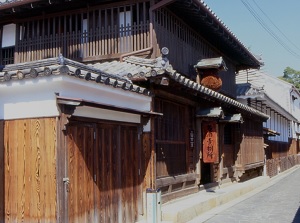
Ota Residence
Photo by Fukuyama Convention &
Visitors Association
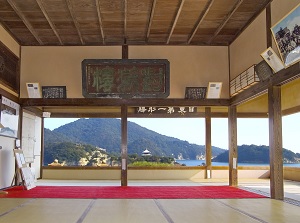
Fukuzenji Taichourou
Photo by Fukuyama Convention &
Visitors Association
Fukuzenji (福禅寺) is a Buddhist temple of Shingon Buddhism founded around 950, and is located in the east part of the port.
The reception hall Taichourou (対潮楼) was built around 1690, and was used for the delegacy from Korea.
Tomonoura Museum of History and Folklore (鞆の浦歴史民俗資料館) is the museum introducing the history and culture of Tomonoura.
It is on the ruin of Tomo Castle which was a fort used until 1615.
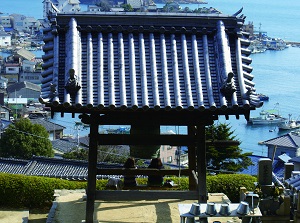
Bell tower of Iouji
Photo by Fukuyama Convention &
Visitors Association
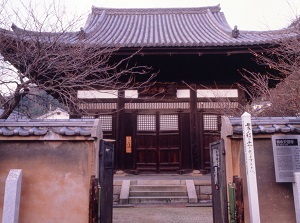
Ankokuji
Photo by Fukuyama Convention &
Visitors Association
There are many Buddhist temples on the west side of the town along the foot of mountain.
Iouji (医王寺) is a temple of Shingon Buddhism, and is located on the mountainside.
It is said that it was founded by high priest Kuukai in 826.
The view from this temple is one of the best places in Tomonoura.
Ankokuji (安国寺) is a temple of Rinzai Zen sect founded in 1273.
Shakado temple and a few Buddha statues are designated as national important cultural properties.
How to get here
By route bus, about 30 minutes from Fukuyama station of San-yo Shinkansen.

